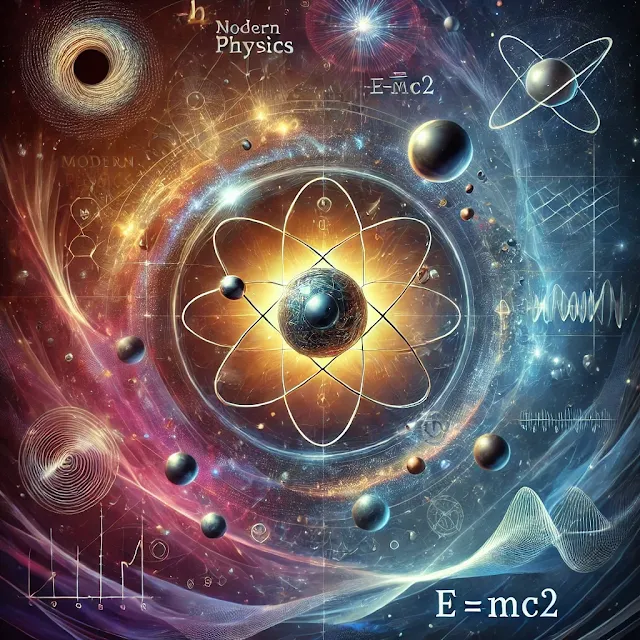A Set of Botany CEE-3
_Botany A Set of Botany CEE-3
-
Which of the following is a characteristic of monocot plants?
a) Two cotyledons
b) Parallel venation in leaves
c) Vascular bundles in a circle
d) Presence of a tap root -
The primary function of the roots in plants is to:
a) Store food
b) Absorb water and minerals
c) Perform photosynthesis
d) Reproduce asexually -
The process by which plants lose water vapor through stomata is called:
a) Respiration
b) Transpiration
c) Photosynthesis
d) Germination -
The male reproductive organ in a flower is called the:
a) Pistil
b) Stigma
c) Stamen
d) Style -
The structure in plants that produces the majority of their food is:
a) Roots
b) Flowers
c) Leaves
d) Stem -
Photosynthesis in plants primarily takes place in:
a) Roots
b) Leaves
c) Stems
d) Flowers -
Which pigment in plants is responsible for absorbing light energy for photosynthesis?
a) Carotene
b) Chlorophyll
c) Xanthophyll
d) Melanin -
Which of the following is the site of gas exchange in plants?
a) Stomata
b) Phloem
c) Xylem
d) Chloroplasts -
The process by which pollen is transferred from the male to the female reproductive organ in flowers is called:
a) Fertilization
b) Pollination
c) Germination
d) Transpiration -
Which of the following is an example of a non-vascular plant?
a) Moss
b) Fern
c) Pine tree
d) Sunflower -
The part of the plant that anchors it to the soil and absorbs water and minerals is the:
a) Leaf
b) Stem
c) Root
d) Flower -
In which part of the plant does mitosis primarily occur?
a) In the meristematic tissue
b) In the mature leaf
c) In the xylem
d) In the phloem -
Which of the following is a characteristic of dicot plants?
a) Parallel venation
b) One cotyledon
c) Vascular bundles scattered
d) Two cotyledons -
Which of the following is responsible for transporting sugars in plants?
a) Phloem
b) Xylem
c) Vascular cambium
d) Collenchyma -
The process by which plants produce oxygen and glucose is:
a) Respiration
b) Photosynthesis
c) Germination
d) Transpiration -
The structure in the plant cell that contains chlorophyll is called:
a) Mitochondria
b) Nucleus
c) Chloroplast
d) Ribosome -
Which of the following is NOT a function of the stem in plants?
a) Transport of water and nutrients
b) Photosynthesis
c) Storage of food
d) Absorption of water -
Which part of the flower is responsible for producing pollen?
a) Stigma
b) Anther
c) Ovary
d) Style -
The fruit develops from which part of the flower?
a) Stigma
b) Ovary
c) Anther
d) Style -
The movement of water and dissolved minerals through plants is facilitated by:
a) Phloem
b) Xylem
c) Epidermis
d) Parenchyma -
Which of the following is an example of a gymnosperm?
a) Pine tree
b) Rose
c) Mango tree
d) Coconut -
In the process of transpiration, water vapor exits the plant through the:
a) Root hairs
b) Stomata
c) Phloem
d) Vascular cambium -
The life cycle of a plant that alternates between haploid and diploid stages is called:
a) Pollination
b) Germination
c) Fertilization
d) Alternation of generations -
The main function of the xylem in plants is:
a) Transport of sugars
b) Transport of water and minerals
c) Photosynthesis
d) Support and storage -
Which of the following is responsible for the formation of seeds?
a) Pollination
b) Fertilization
c) Germination
d) Transpiration -
The structure that provides support and rigidity to plant cells is called the:
a) Chloroplast
b) Cell wall
c) Nucleus
d) Cytoplasm -
Which of the following plants is an example of a dicot?
a) Grass
b) Wheat
c) Sunflower
d) Corn -
Which of the following processes occurs in the mitochondria of plant cells?
a) Photosynthesis
b) Glycolysis
c) Cellular respiration
d) Transpiration -
The process of converting nitrogen from the atmosphere into a usable form for plants is called:
a) Nitrogen fixation
b) Photosynthesis
c) Respiration
d) Transpiration -
The tissue responsible for the upward movement of water in plants is:
a) Phloem
b) Xylem
c) Epidermis
d) Collenchyma -
Which of the following is the dominant phase in the life cycle of ferns?
a) Haploid gametophyte
b) Diploid sporophyte
c) Seed phase
d) Fruit development phase -
Which of the following is a characteristic feature of angiosperms?
a) They have naked seeds
b) They do not have flowers
c) They produce seeds within fruits
d) They lack vascular tissue -
The development of a seed from a fertilized egg in the ovule is called:
a) Germination
b) Pollination
c) Fertilization
d) Seed formation -
The process by which plants grow towards light is called:
a) Thigmotropism
b) Phototropism
c) Hydrotropism
d) Gravitropism -
The primary source of energy for photosynthesis is:
a) Oxygen
b) Carbon dioxide
c) Sunlight
d) Water -
Which of the following plants undergoes double fertilization?
a) Moss
b) Gymnosperms
c) Ferns
d) Angiosperms -
Which structure in the plant cell contains the genetic material?
a) Mitochondria
b) Chloroplast
c) Nucleus
d) Endoplasmic reticulum -
The green color in plants is mainly due to the pigment:
a) Xanthophyll
b) Carotene
c) Chlorophyll
d) Anthocyanin -
The vascular tissue responsible for transporting food in plants is:
a) Phloem
b) Xylem
c) Collenchyma
d) Parenchyma -
Which of the following is the reproductive structure of a bryophyte?
a) Spores
b) Seeds
c) Flowers
d) Cones
Answer Key:
1-b, 2-b, 3-b, 4-c, 5-c, 6-b, 7-b, 8-a, 9-b, 10-a, 11-c, 12-a, 13-d, 14-a, 15-b, 16-c, 17-d, 18-b, 19-b, 20-b, 21-a, 22-b, 23-d, 24-b, 25-b, 26-b, 27-c, 28-c, 29-a, 30-b, 31-b, 32-c, 33-d, 34-b, 35-c, 36-d, 37-c, 38-c, 39-a, 40-a










